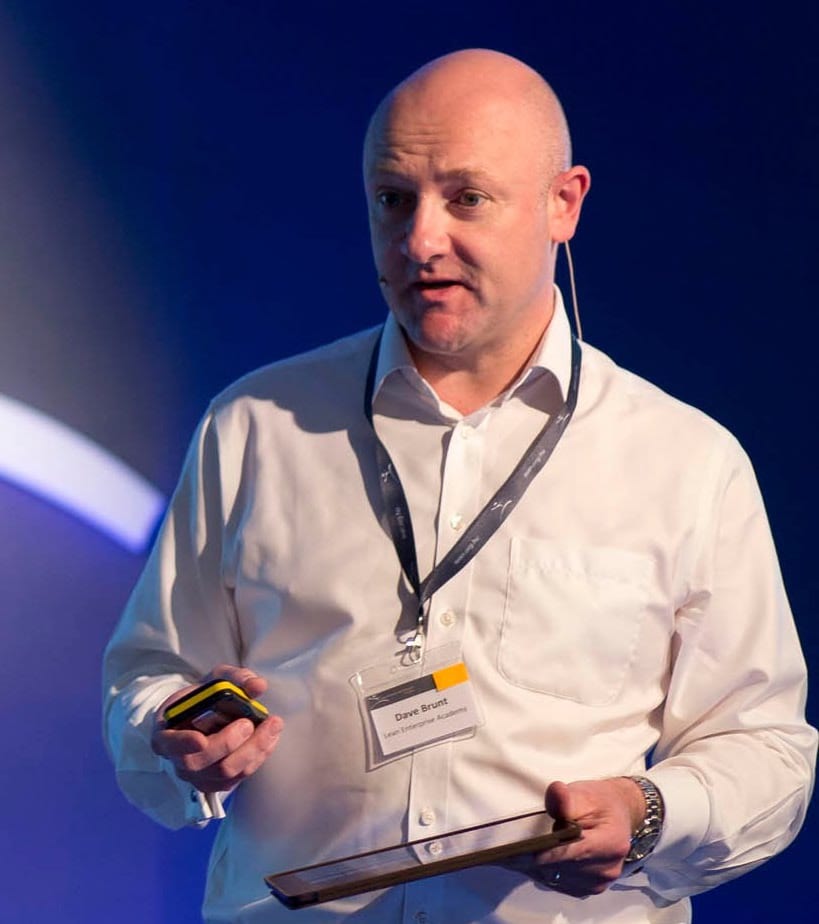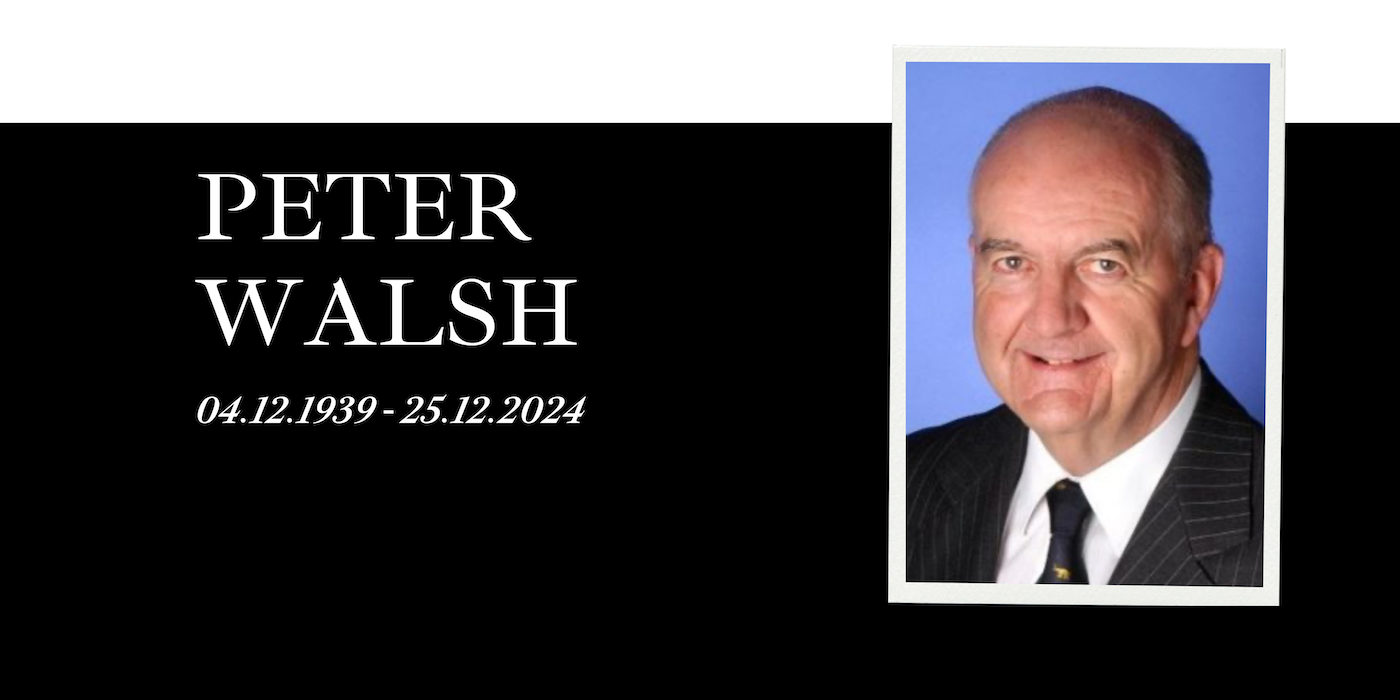
Growing car sales by 400% in a dealership using lean
FEATURE – For the first article in our series on the Halfway transformation, we asked the Sales team to tell us about how they apply lean to selling cars in a challenging social context.
Words: Calvin Govender, General Manager of Sales; Charmaine Lategan, Team Leader – New Vehicle Sales, and Dale Thomas, New Vehicle Sales Manager, Halfway Ottery – Cape Town, South Africa
Before we embarked on our lean journey, the work at our dealership was extremely chaotic. We didn’t measure anything, we didn’t follow any standards, and we were constantly fighting fires. Our modus operandi was very much “every man for himself”.
We were desperate to make sense of our work. So, when Dave Brunt, CEO of the Lean Enterprise Academy, and Terry O’Donoghue, a former VP with Toyota South Africa, introduced us to lean thinking (immediately after the business was bought by Halfway in February 2011), the first thing we did was introducing a number of visual management tools. Improving the work without making it visible is a fool’s errand.
The system of boards hasn't stopped evolving ever since. It’s now very comprehensive, monitors all processes, and gives us the information we need to best carry out our work: what a salesperson is working on and what their targets are, for example, or how many vehicles we have sold, invoiced or still need to deliver. We have boards to control our stock of used cars (to provide our salespeople with the location of a vehicle, its stock number, mileage, retail price, etc), to ensure we follow the reconditioning standards that must be met before a user car can be re-sold, and even to keep track of what training each of our people have received.
In essence, these visual tools immediately tell us what the current state is. Indeed, they allow us to see problems and, therefore, act on them swiftly. They highlight errors and where they tend to take place, so that we know where to focus our kaizen efforts.
Now that everything is monitored and kaizened regularly, stress is less of a concern for our people: because we know how a salesperson’ month is going, we can adjust their target daily (during our five-minute asakai meeting), rather than showing up on the last day of the month asking why they haven’t sold all the cars they were supposed to sell. The green/red system we use leaves no space for interpretation, so that when we coach our people, we know what the gap is that we need to help them fill.
Standardization is going a long way transforming our processes, but it’s not all smooth sailing: we just started to tackle heijunka and we are struggling quite a bit with it: the nature of a sales environment means that we tend to get a spike (in deliveries from manufacturers, in sales, in applications, and more in general in the amount of work) at the end of each month, with a lot of pressure being put on all departments. Creating an even flow through the system is difficult, but we are working on it.

THE PROCESS
There are four departments involved in the delivery of a vehicle: the Production Center, which prepares the vehicle; the Parts Department, which supplies parts that need replacing or accessories that need fitting; the Finance & Insurance Department, which prepares the contract; and the Sales Department, which delivers the car.
The process doesn't change for used or new cars: the vehicle comes into the dealership (either as a trade-in/buy-in or from the factory), goes to the Prep Center to be analyzed and fitted or fixed, then comes back to the dealership to be delivered.
All of this is the work taking place “behind the scenes”, so to speak, whereas the actual deal is dealt with here at the dealership: the salesperson prepares the file and passes it on to the team leader; it then goes on to F&I and then up to invoicing, before going back to F&I for processing. Once the deal is processed, the customer comes in, signs the deal and drives away with her new vehicle.
Originally, lean was mostly used on production lines (or at least that’s what we thought when we were first introduced to it), and that’s how we try to see our work too: we have two parallel processes (the file on one side, and the vehicle on the other) that eventually meet at the delivery stage. Flow has given us the opportunity to see things under a completely different light.
Today, we run a much smoother process. When many people and functions are involved, problems are bound to occur and, in the past, Halfway Ottery had its share of late deliveries. The reasons for these could range from a part not arriving on time or the Production Center struggling with a fitment. Most of the issues we encountered, however, were related to the work of our own department. They mostly had to do with missing or wrong data in the documentation, something standardization has helped us fix.
Whatever the problem, lean has taught us to pull the andon cord, stop the work, and painstakingly analyze the situation, until we find the root-cause. Interrupting the work is great, because it allows us to tackle issues right away, before they become too unmanageable.
By means of visualization and standardization of the processes, lean has allowed us to eliminate waste from our work, reducing the time it takes us to complete a deal and the time it takes the Production Center to prepare a vehicle for delivery. But lean’s most important contribution, perhaps, is enabling our cash-to-cash model: we have shortened the time between when we get a car in and when the sale is complete and the money is in our bank. Critically, this allows us to sit on our stock for as short a time as possible.

CUSTOMER FOCUS TO BOOST SALES
Running and managing the sales process in a more efficient way is fundamental for us, but it's not the only way in which lean thinking has helped us: we have also seen the number of cars we sell grow exponentially.
The very fact that we are quicker at completing each job means that we can get more cars through our doors that we can sell to customers. Additionally, our salespeople can now focus more on selling and tending to customer needs because they no longer have problems constantly bogging them down.
If you went for a drive around Ottery, you might struggle to believe our volumes are growing. We are located in the Cape Flats, a vast and densely populated area rolling out to the east of Cape Town. Not only is this one of the most dangerous areas in South Africa, but it is also the place with the lowest average income per household in the Western Cape. Hardly an ideal location to sell cars, one might think.
Our strategy here has been to understand our customers, which could only mean one thing: working on disposable income. A person in the Cape Flats doesn’t want to know a car costs R200,000 [South Africa’s currency is the Rand], but how much it would cost them each month if they were to pay the vehicle in instalments. That’s what we based our marketing strategy on.
We have also realized that there are a lot of first-time buyers in the Cape Flats, and that many of them have no way of reaching our dealership. So, we went to them! At first, we opened mobile showrooms in some of the biggest malls in the area, like Mitchell’s Plain, where we placed a couple of vehicles and salespeople (armed with scanners, so that all the necessary documentation can be sent to F&I right away). The concept worked so well, however, that after a while we decided to go one step further and open three branches in the Cape Flats – including one in Khayelitsha, one of South Africa’s biggest and most notorious townships.
People in the Flats aspire to own a car, but think they can’t afford it. What we do best at Halfway Ottery is educate our customers on finance to show them that they, too, can afford to buy a vehicle: we work on the assumption that, if we can get them the finance, people will buy.
None of this would be possible without a strong focus on understanding our customers, which in turn would not be possible without what we call the “Charmaine Principle” (yes, it’s named after one of us), which states:
“We are successful because we employ people from the community to serve the community.”
Many of our employees were born and raised in the Cape Flats. Most come from very humble origins and didn’t receive much education, but are incredibly smart and “street-wise” – that’s why we believe they are best placed to speak to our customers, understand their needs, and sell cars to them.
Over time, we have seen our people blossom, largely thanks to lean: they work hard and know what we expect of them, but they also feel like they can come to us if they are experiencing a problem they can’t solve on their own.
We are there for our people all the time because, as leaders, we have learned to respect them. In our minds, this means making the work as smooth as possible for them: so, we take things away from them that distract them from selling (we have a person taking care of OTPs – Option to Purchase – for example) and standardize their work so that it becomes easier to carry out.
Because now our processes are simpler and cause us less headaches, we also have more time to coach our sales staff. Whenever a problem occurs, we involve our people in fixing it. What we have learned from this is that, when people co-create a solution, they feel part of something bigger than themselves.

LEAN INTO THE FUTURE
It didn’t take long for us to see the impact the methodology could have on our bottom line. Over time, preparing vehicles more quickly and streamlining our sales processes has brought us results we never thought possible: delivering more vehicles each and every day caused our volumes to growth by 400% over a period of six years.
The outcomes are good for everybody involved: customers are happy because they can get a vehicle more quickly (and the lower costs we incur is something that we pass on to them); our staff is happy because their performance have improved dramatically and their work has become less stressful; and, of course, with volumes growing that much, the business is happy, too.
Lean is an amazing thing that was brought into this dealership, helping people succeed both at work and in the community. Seeing the incredible impact that it has had on our organization gives us all the confidence we need to keep on improving.
THE COACH COMMENTS

It seems that applying lean in a sales environment is one of the last frontiers for experimentation. To help Calvin and the Sales team we wanted to design learning experiences that would help them see sales as a process, identify value and waste in their work, and take steps towards making their work more stable, with higher quality outcomes and shorter lead-time (ultimately making everybody’s job easier to do).
One of the biggest problems in this environment is that it is difficult to see the work. Selling and interacting with the customer isn’t linear – it can take many paths. So, our first experiment focused on the quality of the information contained in the sales file. We wanted the file to flow right first time and in less time, resulting in less effort for salespeople. Visualizing the performance helped the team with their problem-solving efforts. It also led to the team making the conclusion that standardized work would help them achieve flow, rather than pushing standardized work as a countermeasure on them. The more people come up with their own experiments to try in a short lead-time, the more engaged in the process they become.
Dave Brunt, CEO, Lean Enterprise Academy
Have you watched our documentary on their lean transformation yet?
THE AUTHORS



Read more


FEATURE – When the clouds gather, it’s tempting to throw in the towel and ask, “What is it all for?”. The author tells us why the kaizen spirit should be our beacon now more than ever.


FEATURE - With heavy hearts, we share the news of the passing of Peter Walsh, a pioneer of the Lean Community. Peter's work was instrumental in allowing Lean Thinking to take root in Australia, as some of those who knew him tell us here.


FEATURE – What is psychological safety? What is it not? This article explores its advantages and foundational elements, and how organizations need to transform their leadership to achieve this evolution in management.


WOMACK’S YOKOTEN – What does a lean employer look like? In this month’s column, the author reflects on the long-term commitment to employees a company engaged in lean thinking should make.

